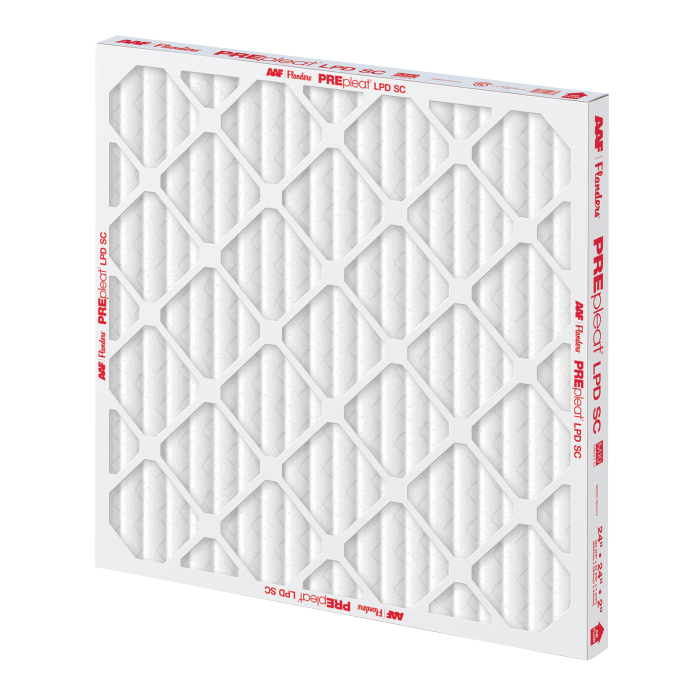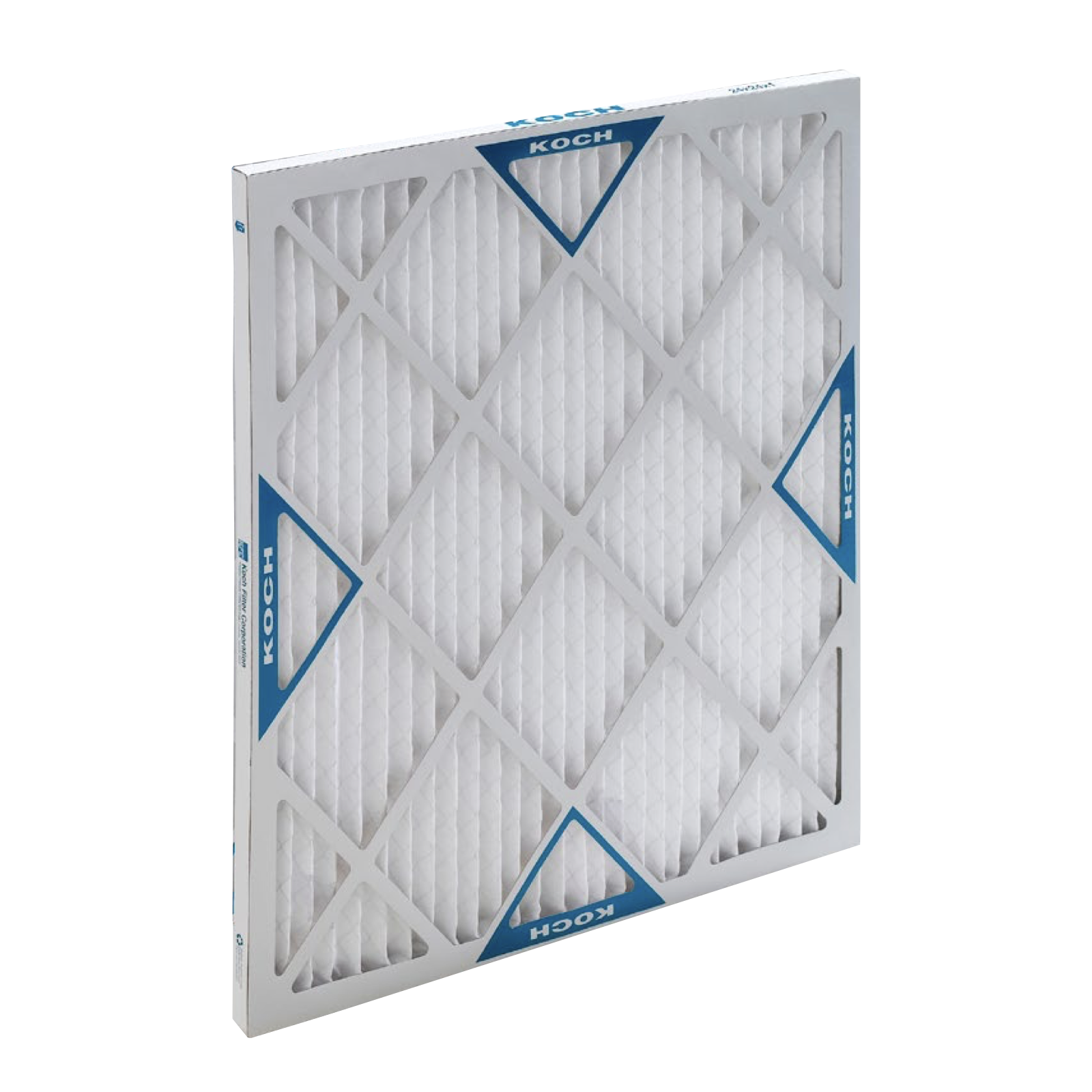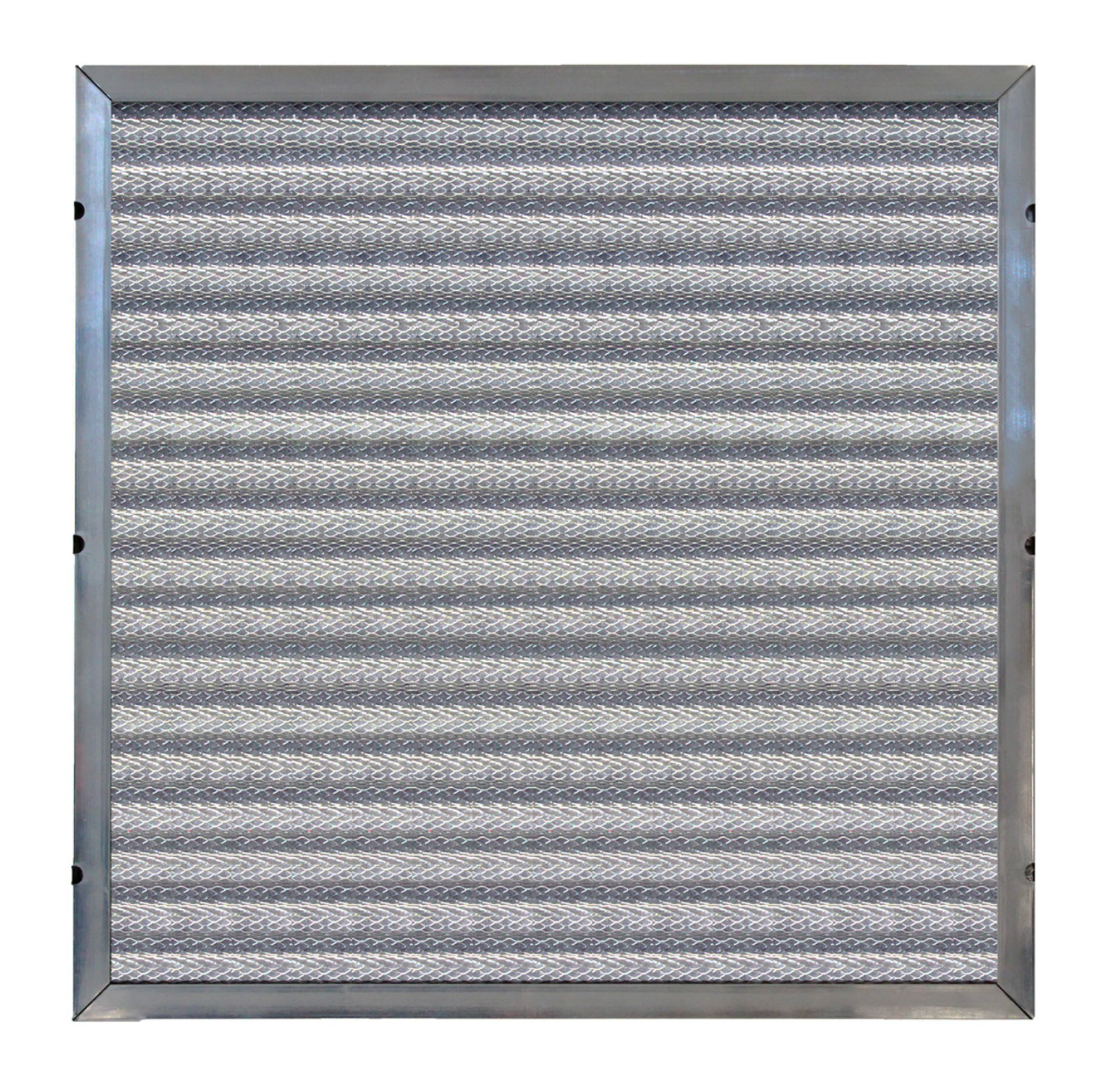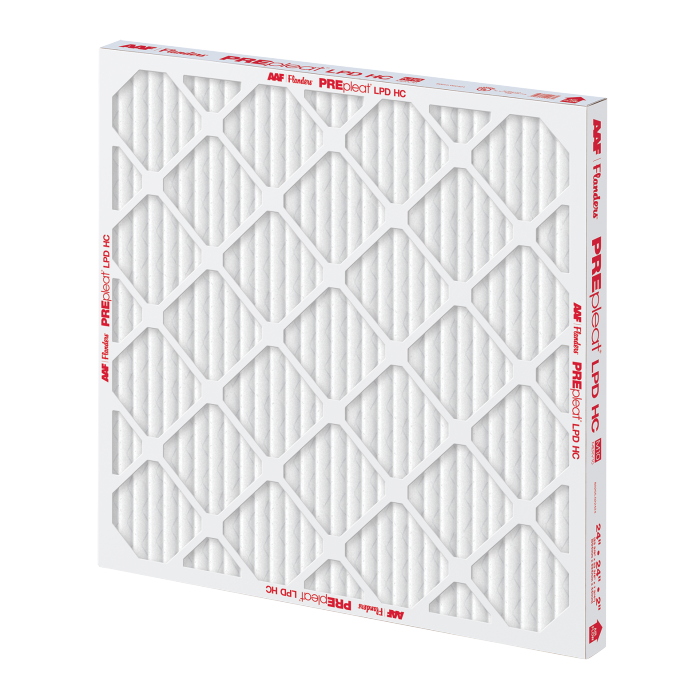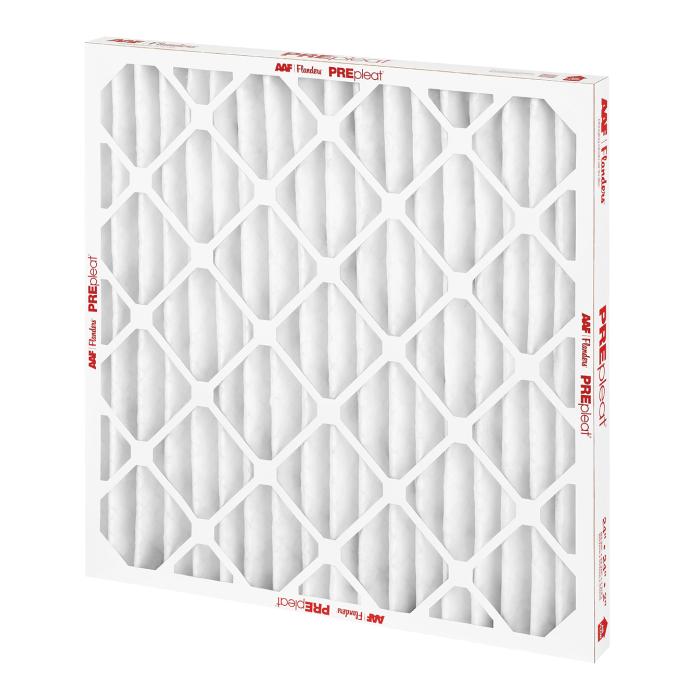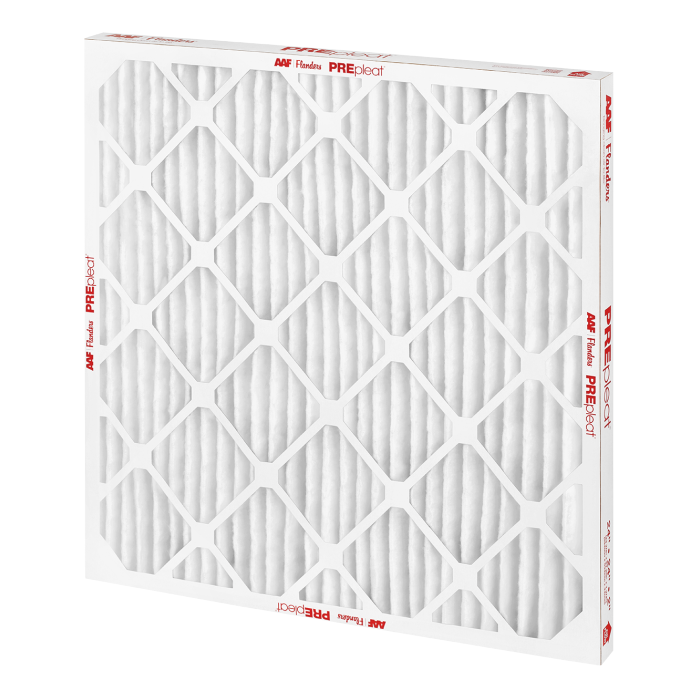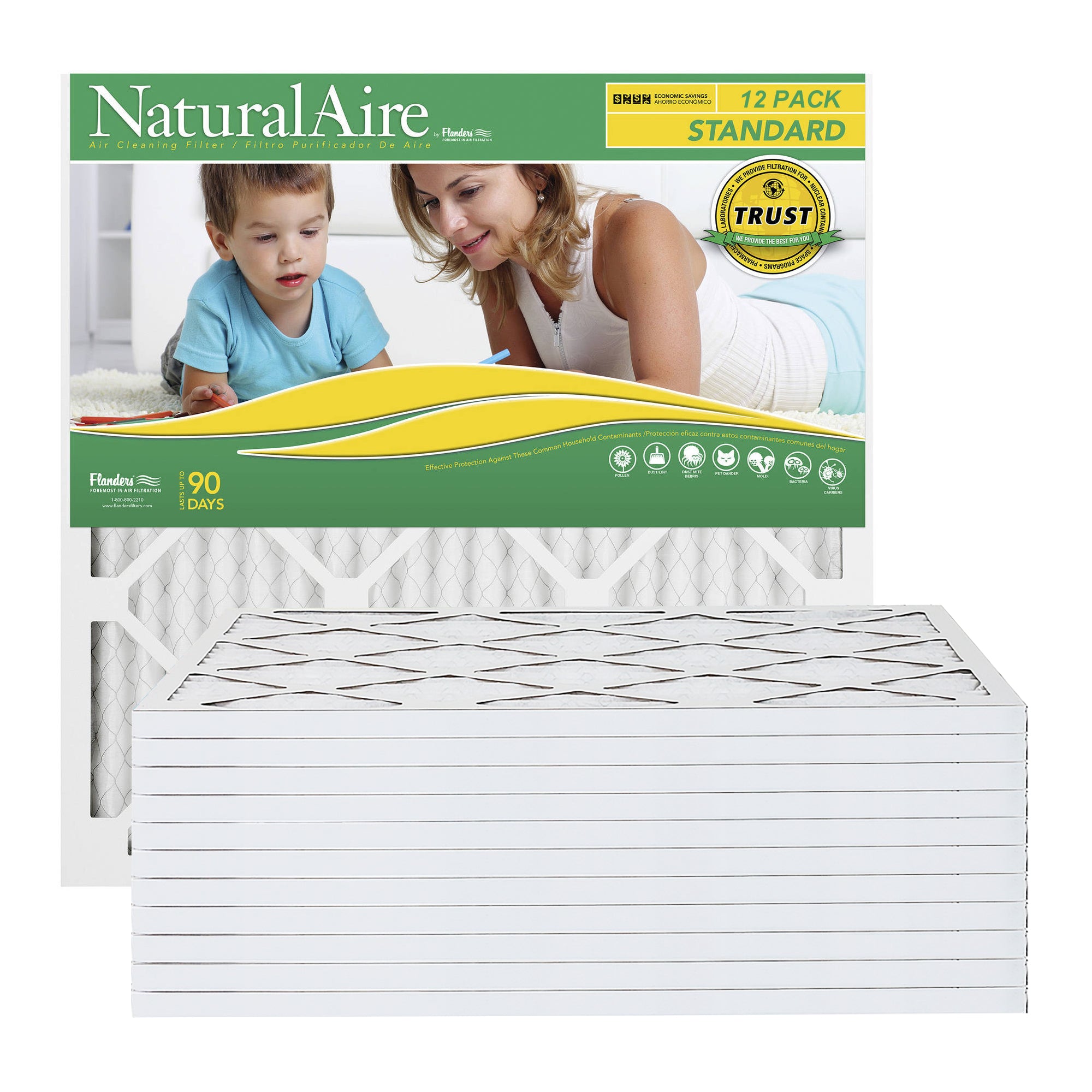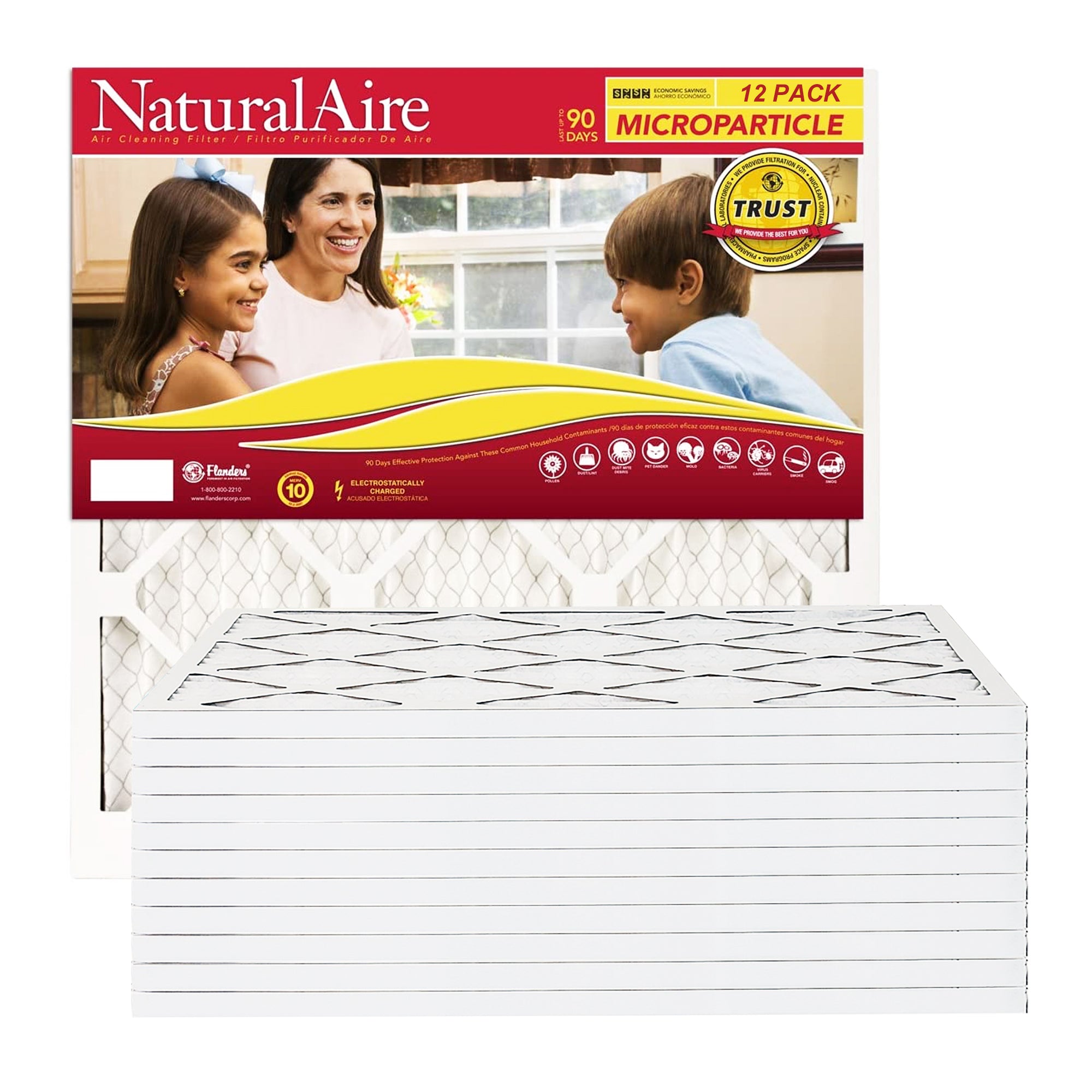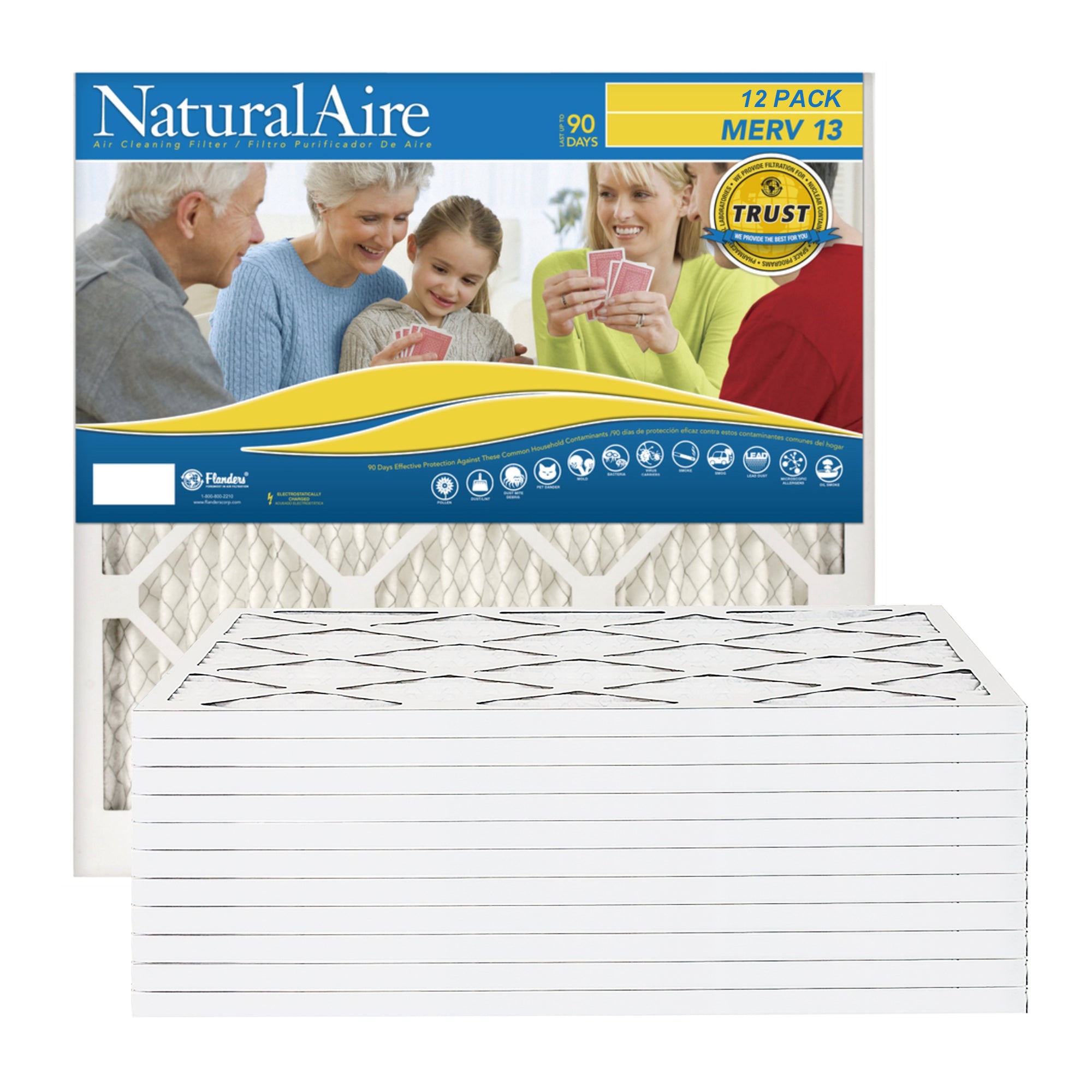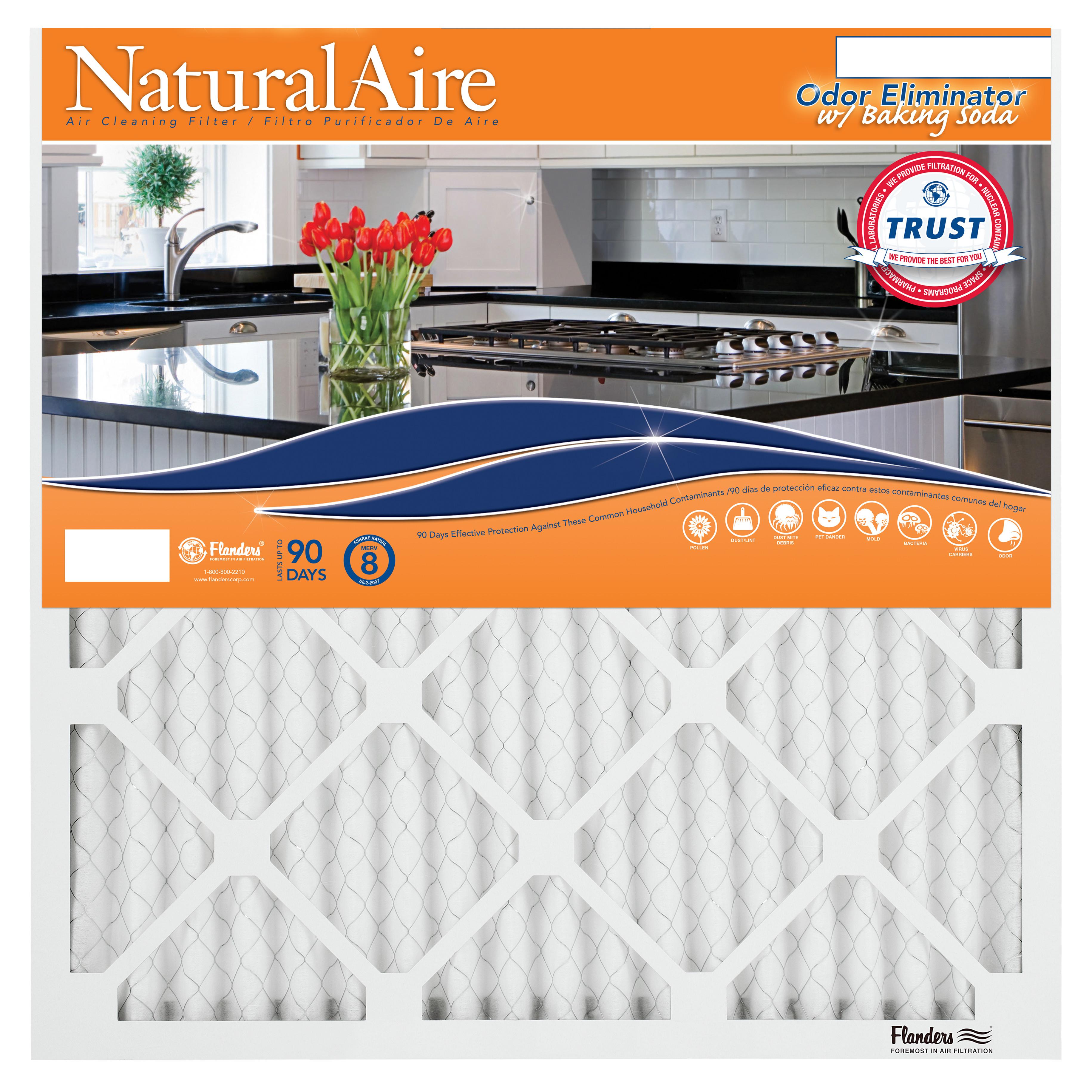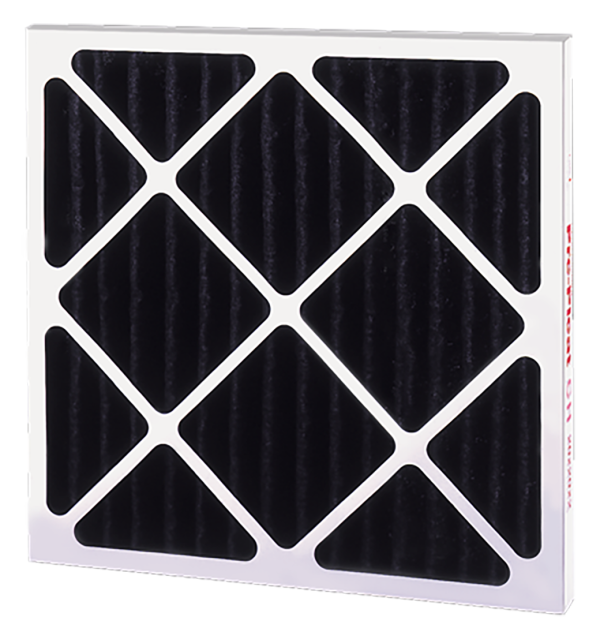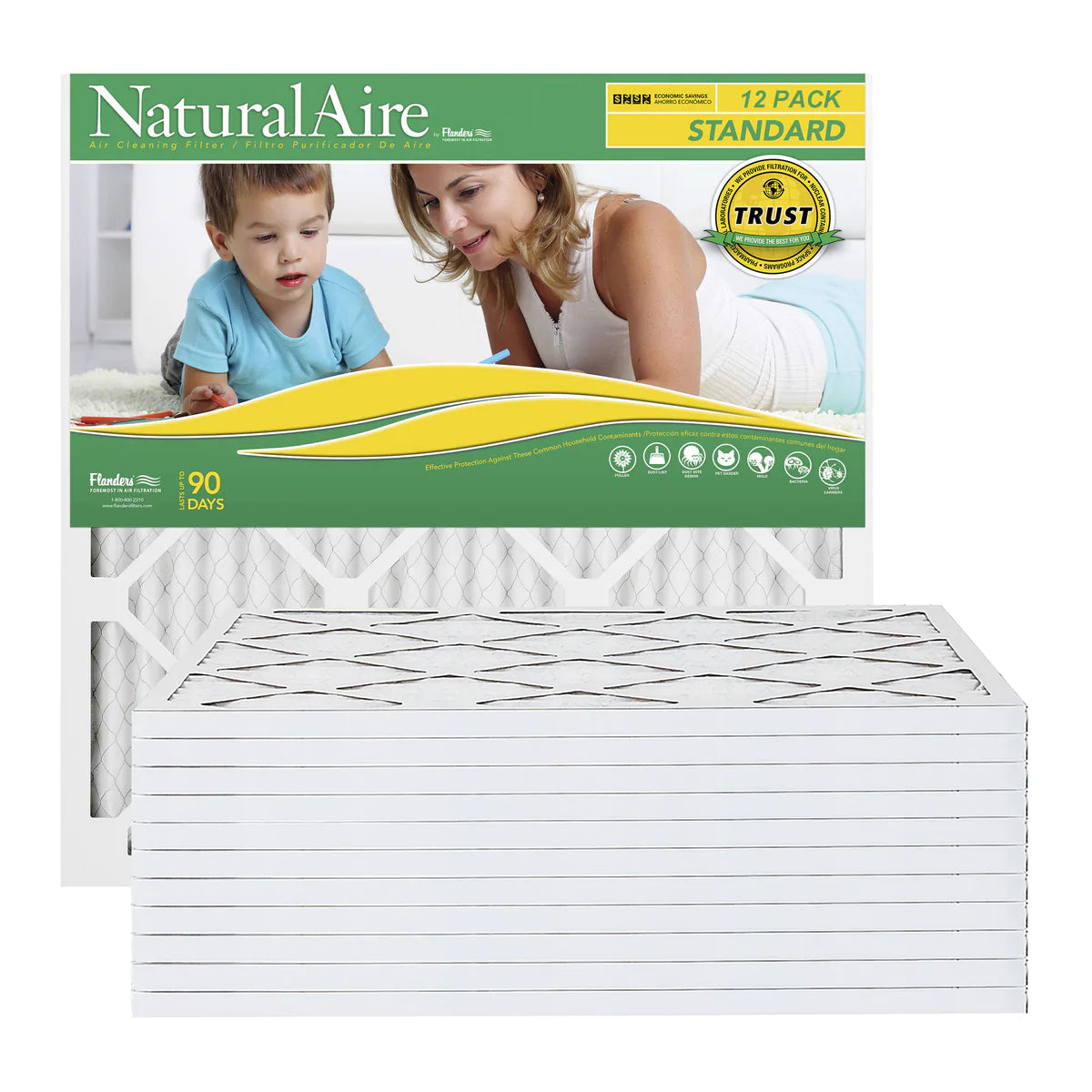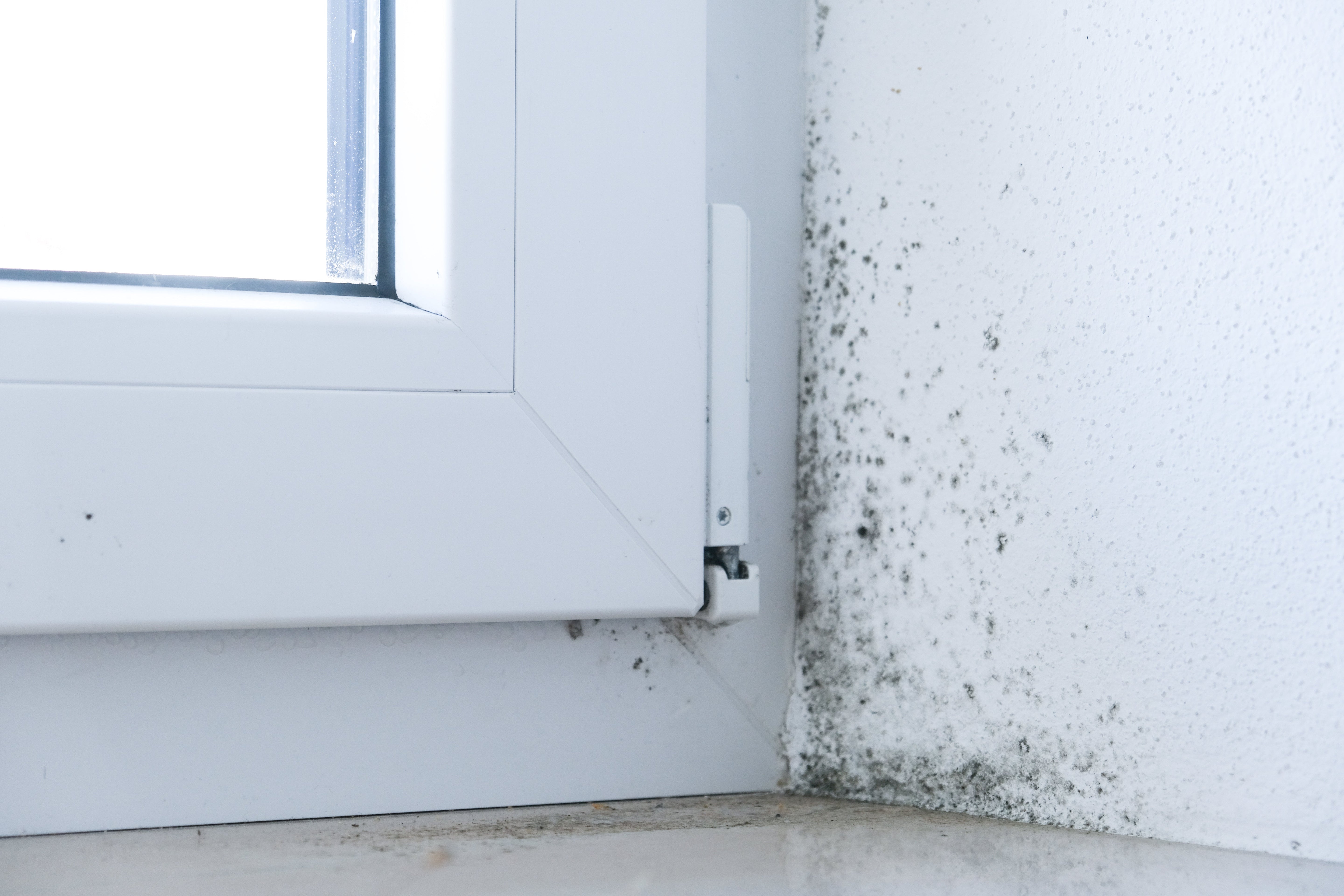Your home should be a protective bubble from all outside threats, the last place where your health and safety are in question. But as any homeowner should know, many factors could make a space unlivable and dangerous to one’s health. There are plenty of air pollutants that can affect the comfort and health of a home’s occupants. Some cause illnesses only after years of exposure, while others can alter your well-being after a single exposure. To learn more about the most common air pollutants that could be in your home, continue reading below.
Biological Pollutants
Biological pollutants come from living organisms. These contaminants include the following:
- Mold
- Mildew
- Viruses and bacteria
- Animal dander
- Dust
- Mites and insects
- Pollen
You'll often find some of these pollutants near places where excessive moisture thrives, such as humidifiers and unvented restrooms. Air handling systems can distribute these contaminants throughout your home, triggering allergic reactions such as allergic rhinitis and infectious diseases such as measles, influenza, or chicken pox.
Contaminants From Heaters and Cookstoves
Using these cooking devices burns solid fuels, reducing the air quality within a home. The fumes and smoke produced from burning wood and charcoal, combined with limited ventilation, can result in lung issues in later years.
Lead
Lead can enter a residence in various ways. It may be present in contaminated soil near deteriorated exterior paint jobs on a fence. The fumes are also present whenever you burn leaded fuel. Once you inhale the gas, emissions can accumulate within your body, leading to many adverse effects. High lead levels in adults are a leading factor in health concerns regarding the cardiovascular, nervous, and reproductive systems. In children, significant lead levels can contribute to learning and behavioral issues.
Pesticides
Plenty of household products contain pesticides that could threaten your health. Pesticides are standard in landscaping and home projects. These chemicals prevent unsightly pests such as insects, termites, and rodents from deteriorating furniture and vegetation. However, short-term and long-term exposure may lead to effects such as nose, throat, and eye irritation; damage to your central nervous system; and an increased risk of developing cancer.
Particulate Matter
Also known as particle pollution, particulate matter refers to a mixture of solid particles floating in the air. Some particles, such as sand, smoke, dirt, and dust, are visible to the naked eye; however, others are visible only under a microscope.
Particulate matter can come from a direct source or a chemical reaction from pollutants and burning fuels. Extended exposure to particulate matter can cause a variety of responses in people. For instance, it can exacerbate asthma and contribute to heart concerns such as attacks and irregular heartbeat.
Volatile Organic Compounds (VOCs)
Volatile organic compounds often include chemicals that can affect your quality of life. Believe it or not, VOCs are standard in many household items, such as paints, aerosol sprays, cleaners, and disinfectants. These products can cause throat, nose, eye irritation, headaches, and liver damage.
Woodsmoke
Woodsmoke presents a significant health threat, since it contains multiple gases and microscopic particulate matter. Wood stoves are fantastic for cooking and providing warmth, but switching out wood units for cleaner technology can mitigate the long-term effects of smoke exposure.
Secondhand Smoke and Environmental Tobacco Smoke
Secondhand smoke comes from emissions released through the burning of tobacco products. Many tobacco products contain carcinogens, which are leading causes of heart disease, lung cancers, strokes, asthma attacks, and other adverse conditions.
Radon
Radon is one of the most dangerous gases to exist in a home. This radioactive gas does not have a color, taste, or smell, making it challenging to detect on a property without specific testing. The gas can become trapped within the foundation of a home, with particles situating themselves between cracks and holes. Outside exposure to radon isn’t harmful, but indoor radon exposure is quite the opposite—radon is the second leading factor of lung cancer in the United States.
To know whether there’s a concern for radon in your home, you’ll need to conduct testing to assess levels.
Nitrogen Dioxide
Nitrogen dioxide is a highly reactive gas that comes from burning fuel. The gas is often present in power plants and vehicle exhaust systems. When it comes in contact with high water levels, the gas creates a chemical reaction to form acid rain.
Nitrogen dioxide is significantly harmful to individuals with preexisting respiratory difficulties, specifically those with asthma. Over time, exposure can lead to dangerous respiratory infections.
Formaldehyde
Formaldehyde is a potent-smelling, colorless gas present in many household products and building materials. The gas also sees usage in paints, pesticides, cosmetics preservatives, and wood products containing resin.
Formaldehyde’s chemical properties classify it as a combustion byproduct. Long-term exposure in high quantities may cause cancer. On the other hand, inhaling formaldehyde for a shorter time may contribute to skin, nose, eye, and throat irritation.
Carbon Monoxide
Carbon monoxide is another odorless gas with detrimental health effects. Infamous producers of carbon monoxide include automobiles, with kerosene lamps and gas heaters producing significant amounts of the gas indoors.
The gas is incredibly harmful to humans. When inhaled in considerable amounts, it can reduce the blood’s capability to carry oxygen, affecting critical organs. The lack of oxygen can lead to poisoning, where one would start to feel dizzy, lose consciousness, or even perish.
Asbestos
Asbestos is a mineral fiber found in rock and soil. Due to its outstanding strength and heat resistance, it sees common usage in construction, specifically with insulation, roofing projects, and fire retardants. The mineral also sees use in the development of friction products on cars.
However, its effects on your health far outweigh its practical purposes. Asbestos exposure can have debilitating effects. Prolonged exposure can lead to the development of lung disease, mesothelioma, or asbestosis.
Long lists aside, seeing how many air pollutants could be in your home can be startling. Luckily, we at Remember the Filter are here to help. We provide a wide range of filters to ensure you’re breathing in the cleanest possible air in the comfort of your home. We believe in supplying the best filtration products in the industry, which is why we are honored to be a Flanders filters distributor.



